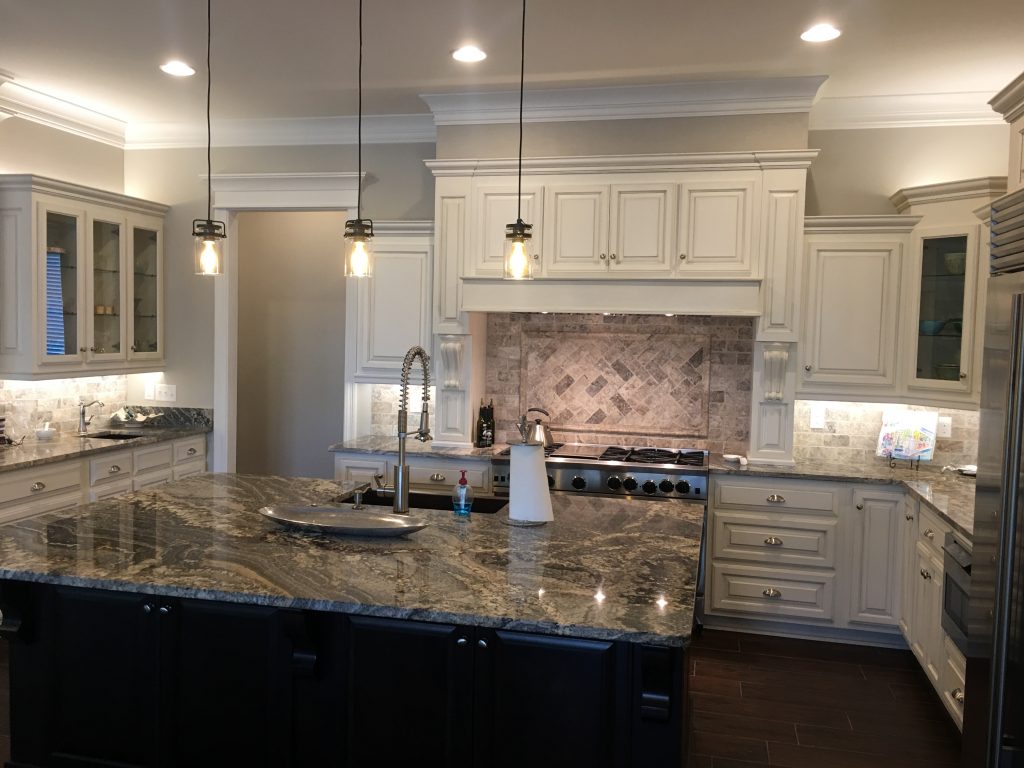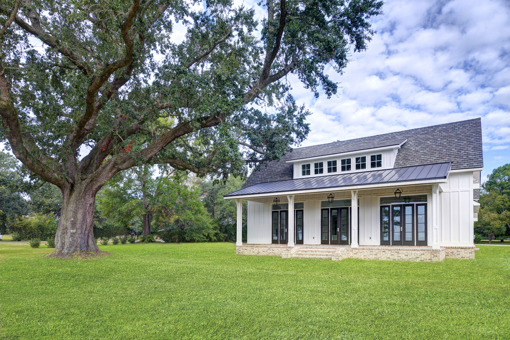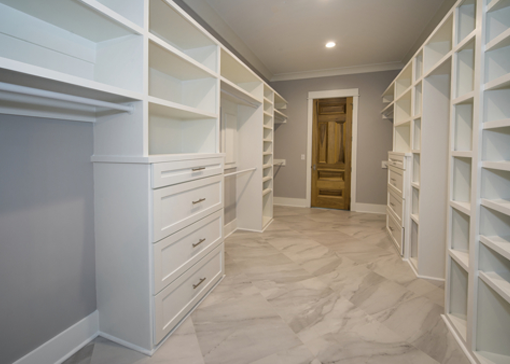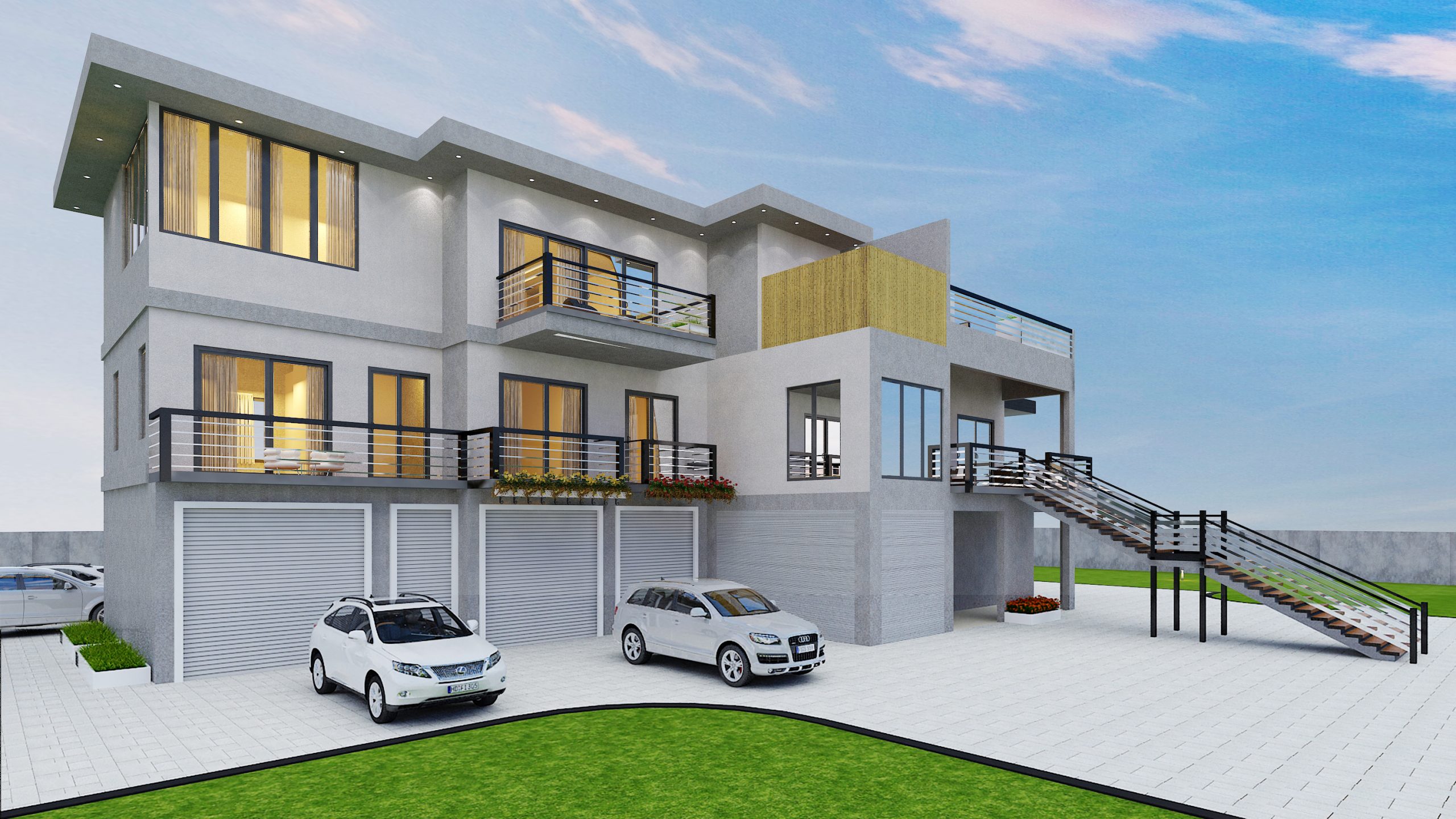The most common misconception about home design is that the floorplan is the key to everything. All too often aspiring homebuyers obsess over a floor plan, sketching versions of it over and over until the blocks of rooms form a pattern that they envisioned. Proud of their diligent handiwork, they present their home designer with a masterpiece only to discover later that their land parcel does not support a home that wide or that they didn’t calculate the stairs correctly so their last stair lands in the… oven. Rather than grinding through that new pad of graph paper to create the ‘perfect’ floor plan, where should you start?
Here are five things you should work out before you meet with your custom home designer:
5. The Number of Cooks in the Kitchen
There are infinite ways to design a kitchen – just when you think you’ve seen them all, Pinterest will show you ten more. No, you still do not need the graph paper, but you will need to explore the type and scale of kitchen you want as this is usually the most expensive room in a house. Start by objectively analyzing your needs and lifestyle. Does your family generally prepare large meals? Are you or your spouse a home chef? Do you like to cook together and host dinner parties, or are you a ‘microwave burrito on the way out the door’ type?

Being candid with your designer about your kitchen needs will tell them much more than any sketch. For example, if there are two amateur chefs in your house, the minimum three foot aisle between the island and the main counter will cause traffic jams and that 30″ four-burner range probably won’t be enough. If your family survives during the week with pre-packaged meals and cereal, then you probably need a decent sized pantry. It may sound silly, but these are the types of details that separate a decent kitchen design from a spectacular one that meets all of your needs.
4. Know Your Exterior Style

There is often a disconnect between how people sketch out their floor plan and the shape they actually want their house to be. The exterior style should influence the layout of the floor plan as much as the floor plan dictates the exterior look. Most people consider the most obvious points like number of floors and brick vs siding, but more subtle things like porches, location of foyer/entry, and even the slope of the roof can have huge impacts on interior elements.
There’s so much to consider, how do you process it all and communicate it to your home designer? Find a style or two that really speak to you and decide which elements really draw you to that style. Is it the beach dormer with a row of windows that you love or the wrap-around porch? Be clear with your designer about our priorities for the look of the house early on, it will move your process along more quickly.
3. Know Your Land
Every county and every city has their own building and zoning codes. Within those municipalities you may also have to contend with subdivision covenants and HOAs (homeowner associations) and you need to be prepared for this before you start working with you home designer – ideally you’ll dive into that before you purchase the property. You may be wanting a coastal cottage when your subdivision requires brick or you may want a brick home in an area that has recently been rezoned as commercial. Know your zoning and planning restrictions, they’re critical.
On a smaller scale, you need to know the features of the property. Elevation changes that will have to be altered or worked around can be a large expense when planning the foundation of your home. What about large trees that you want to retain (or are required to retain by zoning)? If your home needs to be designed around a certain feature, tell your designer up front. Issues like that can change everything about your home. Also, items like driveway and garage placement can dictate the shape of your home. If you can only access your property from one point or you need a three-car garage, your designer needs to know that before you begin the home design.
2. Triage Your Square Footage
Triage: (trē-ˈäzh) 2: the assigning of priority order to projects on the basis of where funds and other resources can be best used, are most needed, or are most likely to achieve success.
No matter your income level, you do have a budget. There is a certain maximum amount of money you are willing to spend on your new home and you have certain unique requirements for this home, otherwise you would not be commissioning a custom plan to be designed. The best and most efficient way to get your requirements while staying in your budget is to triage them. Make a list of priorities in order of importance. Share these with your designer and work out an estimated square footage for each item.

For example, if you want a large walk-in master closet with hanging/shelving on each side, that’s a minimum of 100 square feet. Now if you want an island and a vanity in that closet, that minimum number moves up to around 200 square feet… and that’s just for one closet. Imagine how that can add up throughout your home as you add in all the things you want. The most efficient way to mange these items is to have your priorities worked out before you even begin the design process.
1. Know Your Maximums
As we mentioned before, no matter your income level, you do have some sort of budget. You have to know your maximum budget. You don’t necessarily need to share that number with your designer up front, but it couldn’t hurt. You may choose to tell them 80% of your budget and then make allowances for your priority items as the design process moves along, but you need to know your maximums.
The main factor in the cost of most homes is the square footage. Talk to your designer and get an idea of the cost per square foot to build a home like yours and work out the maximum square footage you are willing to build. When you reconcile your Triage list with your maximum square footage and your maximum budget, you will have a realistic idea of what you should design and your entire process will go more smoothly.


0 Comments